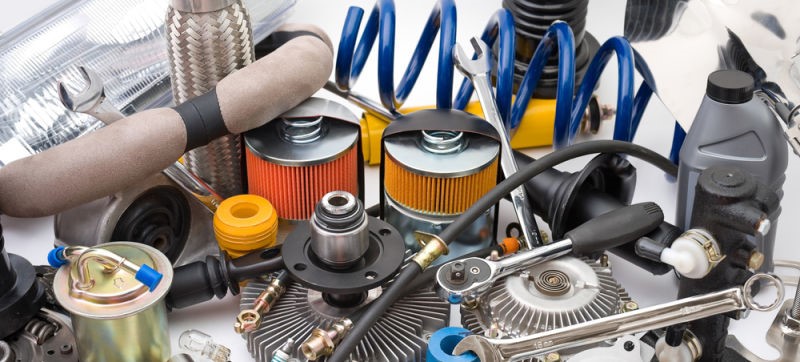Today we want to talk to Glendora car owners about timing belts. They’re something that many Glendora drivers don’t know much about and yet your vehicle won’t run if it’s broken – and it could cause many thousands of dollars damage if it does break. A broken timing belt is usually a tale of woe. Even though timing belt replacement is scheduled in the owner’s manual, it’s not the kind of thing that most Los Angeles auto owners remember because it’s not well understood.
Let’s review what a timing belt does. As most Glendora auto owners know, the engine’s power is generated in the cylinders. A piston rides up and down in the cylinder. During the first down stroke, an intake valve at the top of the cylinder opens and air and fuel is drawn into the cylinder. Then the piston returns to the top, compressing the fuel and air mix. At the top, the spark plug fires, igniting the fuel pushing the piston down in the power stroke. As the piston once again returns up in the final stroke of the cycle, an exhaust valve opens at the top of the cylinder and the exhaust is pushed out. The timing belt is what coordinates the opening and closing of the intake and exhaust valves. It’s called a timing belt because the valves have to open and close at just the right time.
Now, not all Azusa and Covina vehicles have timing belts. Some have timing chains. Like the name implies, they use a chain rather than a belt to perform the function. It used to be that most engines used timing chains, which are extremely durable. The leading auto makers started using belts rather than chains to save money in the manufacturing process. So now Glendora car owners and Certified Auto Specialists techs are left with a component that can break. They sort of shifted the problem to us. There are two broad categories of car maker engine design: interference and non-interference. If the timing belt on a non-interference engine breaks, the engine simply stops running. That could be very dangerous for auto owners depending on where they are at the time, but it causes no internal engine damage.
Interference sedan engines, on the other hand, will get real messed up when the timing belt breaks, because the valves will actually fall down into the path of the pistons. Things get chewed up when that happens and it’ll cost a chunk of money to repair the sedan engine.
So, what are the warning signs? Unfortunately, there really aren’t any. There aren’t tell-tale sounds. In some vehicles, a technician from Certified Auto Specialists may be able to see part of the belt for a visual inspection, but many have a cover that’s in the way. The reality is that if the belt slips even one notch, it might as well be broken for all the costly damage it’ll cause. There’s no middle ground.
So how can we avoid these problems? Simply replace the timing belt when your owner’s manual calls for it. It can be 60,000 miles; it might be 90,000 or 100,000 miles. The point is, if you have 60,000 or more miles, ask your Certified Auto Specialists service advisor right away if your automobile manufacturer requires a timing belt replacement.
Contact Certified Auto Specialists to learn more about your car’s Timing Belt
You can find us at:
476 Vermont Avenue
Glendora, California 91741
Or call us at 626-963-0814
Sometimes Glendora drivers can go quite a while without a failure, but we’ve seen them happen within a couple of oil changes of being due. It’s not worth the risk.
What does it cost to replace a timing belt in Glendora or San Dimas? Well, that really depends on what kind of car you have. I can tell you that it’s usually not very easy to get to the timing belt – you often have to remove some accessories to get at it. It isn’t a cheap procedure, but it’s a fraction of what it could cost to repair the pricey damage caused by a failure.
At Certified Auto Specialists in Glendora we’re all about trying to prevent expensive repairs, keeping you and your passengers safe and increasing your driving enjoyment. Thanks to AutoNetTV for their great auto video tips.




